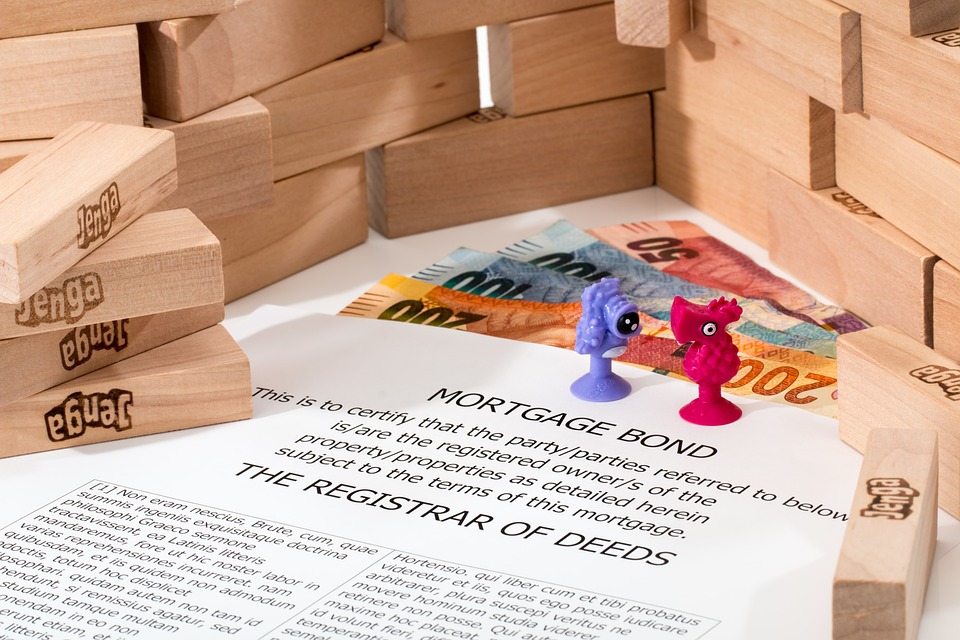
The Rise of Omnichannel Retail: Creating Seamless Shopping Experiences
The retail landscape is constantly evolving, and one of the most significant developments in recent years has been the rise of omnichannel retail. This refers to the integration of multiple channels, such as online, mobile, and physical stores, to create a seamless shopping experience for consumers.
In the past, retailers may have operated their online and brick-and-mortar stores as separate entities, but the growing dominance of e-commerce has forced them to rethink their approach. Today’s consumers expect to be able to shop whenever and wherever they want, and omnichannel retailing is the key to meeting those expectations.
HTML Heading:
Benefits of Omnichannel Retail
There are numerous benefits to adopting an omnichannel approach to retail. For one, it allows retailers to reach a wider audience by offering multiple touchpoints for customers to engage with their brand. This can lead to increased sales and brand loyalty as consumers are able to seamlessly transition between online and offline shopping experiences.
Additionally, omnichannel retailing provides valuable data and insights into consumer behavior. By tracking customer interactions across various channels, retailers can gain a better understanding of their preferences and purchasing habits, allowing them to tailor their marketing and sales strategies accordingly.
HTML Heading:
Challenges of Implementing Omnichannel Retail
While the benefits of omnichannel retail are clear, there are also challenges involved in implementing this approach. One of the biggest hurdles is ensuring that the various channels are integrated seamlessly to provide a consistent experience for customers. This may require significant investment in technology and infrastructure to ensure that inventory, pricing, and customer data are synchronized across all channels.
Another challenge is the need for a shift in mindset and culture within the organization. Omnichannel retailing requires collaboration and coordination between various departments, from marketing and sales to IT and customer service. This may require a reorganization of internal processes and systems to ensure that everyone is aligned towards the common goal of creating a seamless shopping experience for consumers.
HTML Heading:
The Future of Omnichannel Retail
As technology continues to advance, the potential for omnichannel retailing will only grow. The rise of mobile shopping, augmented reality, and other emerging technologies will provide even more opportunities for retailers to engage with consumers across multiple channels.
Retailers that successfully implement omnichannel strategies will be well-positioned to thrive in the competitive retail landscape. By offering a seamless and integrated shopping experience, they can differentiate themselves from their competitors and build long-term relationships with their customers.
In conclusion, the rise of omnichannel retail has fundamentally changed the way that consumers shop. By integrating multiple channels, retailers can create a seamless and personalized shopping experience that meets the evolving needs and expectations of today’s consumers. While there are challenges involved in implementing omnichannel strategies, the potential benefits are undeniable, making it a key consideration for retailers looking to succeed in the digital age.





